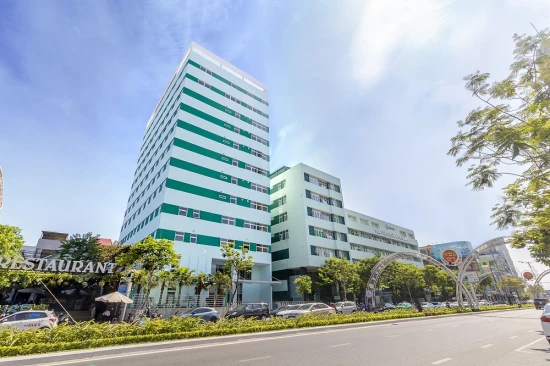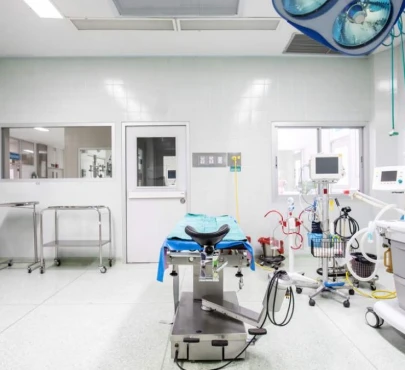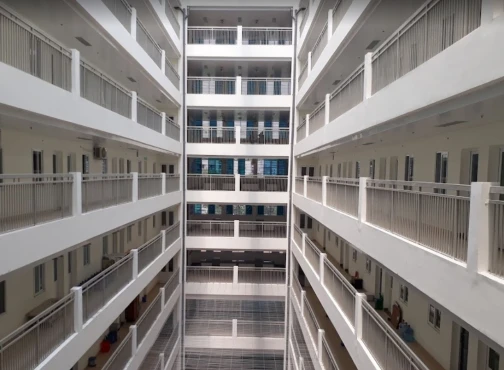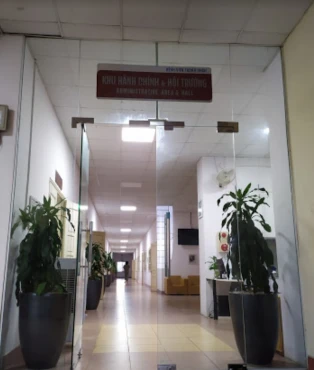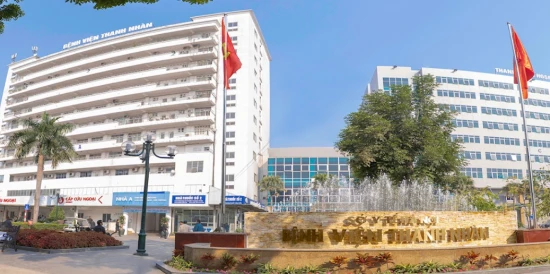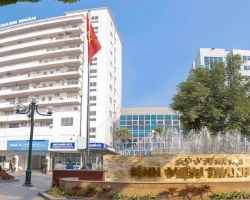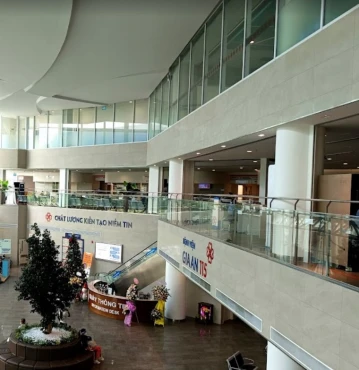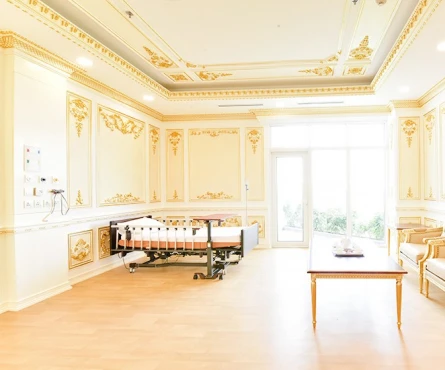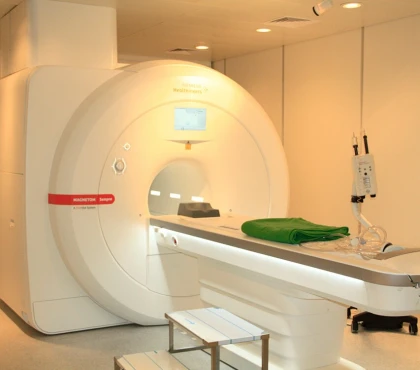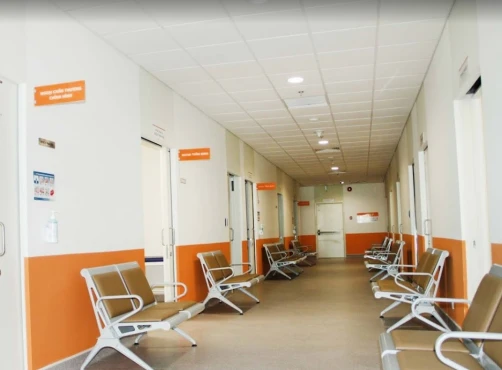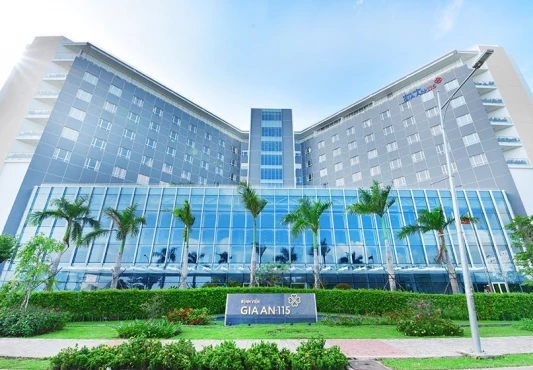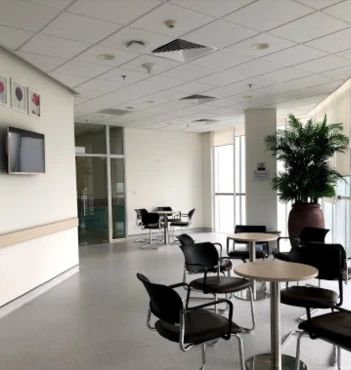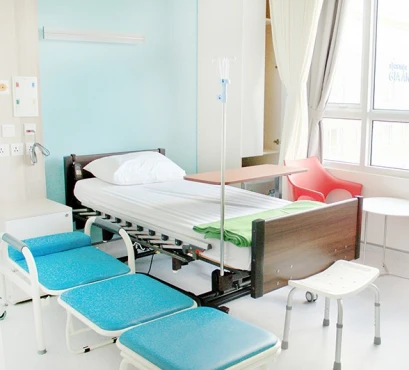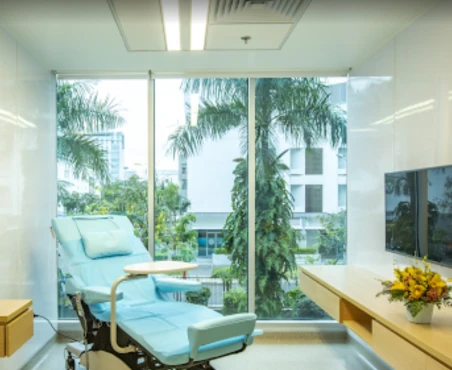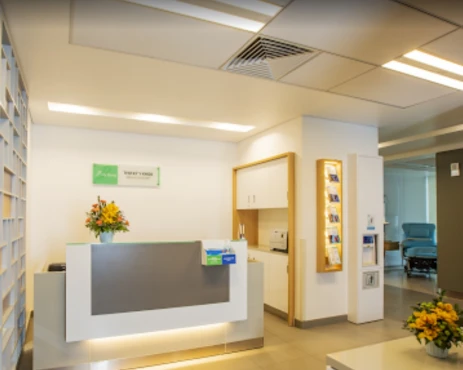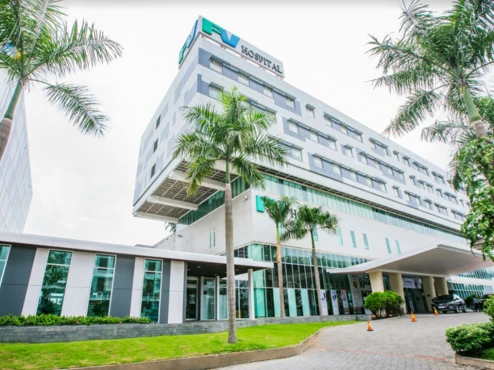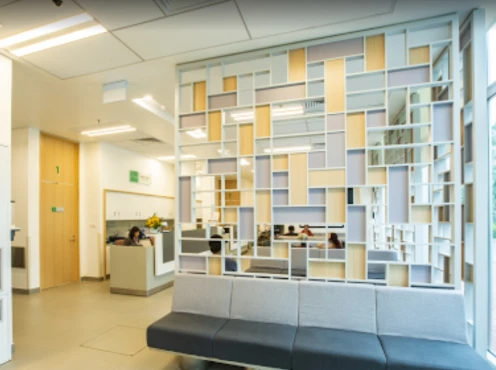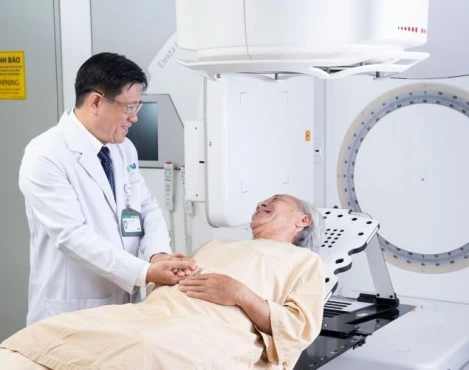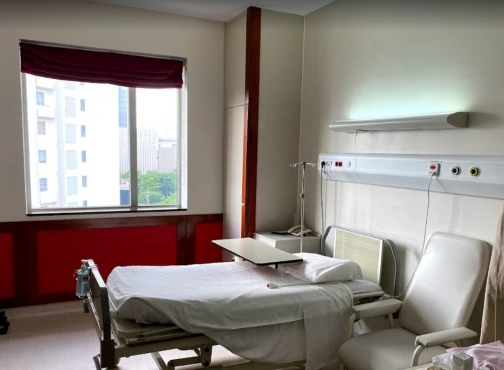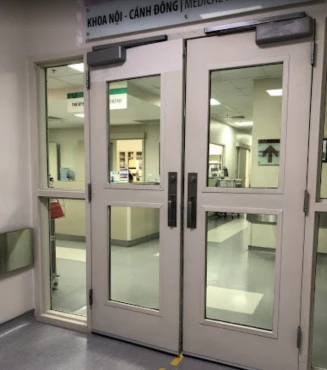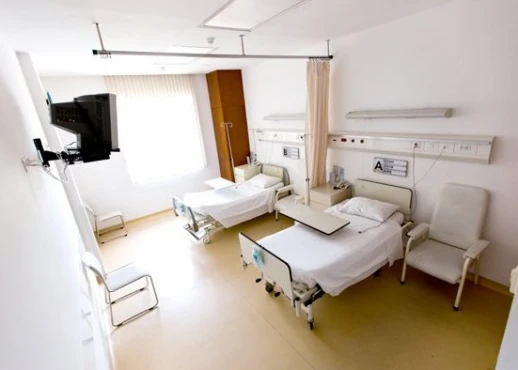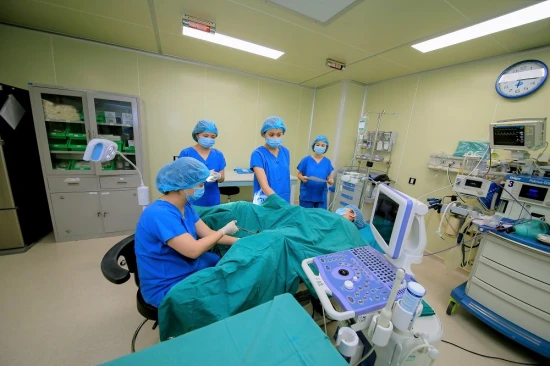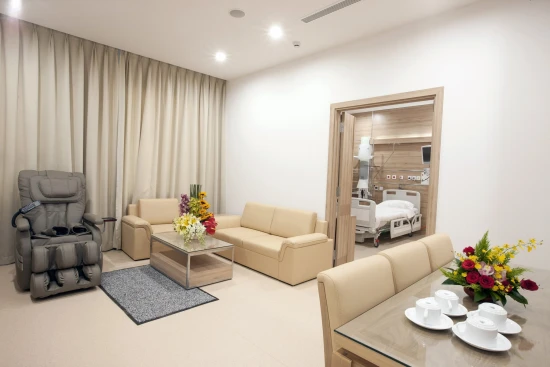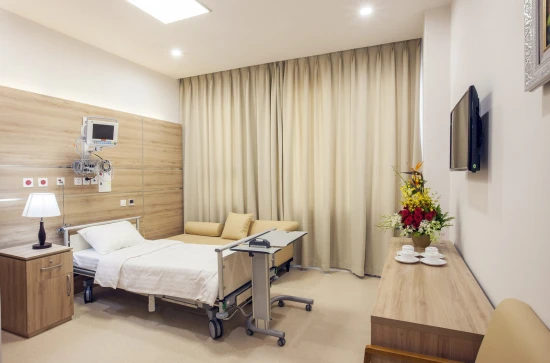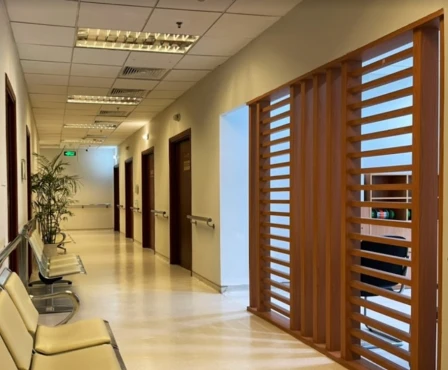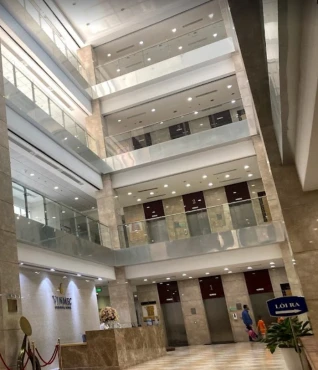Shoulder arthroscopy is a minimally invasive surgical procedure used to diagnose and treat problems within the shoulder joint. A small camera, called an arthroscope, is inserted through tiny incisions to allow the surgeon to view and repair damaged tissues, such as torn rotator cuffs, cartilage, or ligaments. This technique typically results in less pain and a faster recovery compared to open surgery.
Shoulder arthroscopy procedure, Benign prostatic hyperplasia (BPH) disease treatment in 7 clinics in Vietnam
7 clinics specializing in Oncology, Orthopedic surgery, and Vascular surgery providing
Shoulder arthroscopy
Shoulder arthroscopy is a minimally invasive surgical procedure used to diagnose and treat a range of shoulder conditions by inserting a small camera and instruments into the shoulder joint through small incisions to visualize and repair any damage.
Read more...
procedure, treatment of
Benign prostatic hyperplasia (BPH)
Benign prostatic hyperplasia (BPH) is a non-cancerous enlargement of the prostate gland commonly seen in aging men. It can cause urinary symptoms like frequent urination, weak stream, and may require medication or surgery for management.
Read more...
disease in Vietnam.
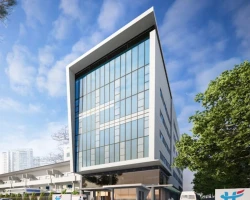
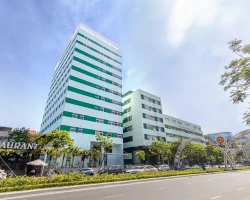
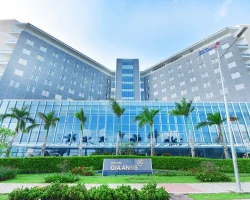



Procedure price distribution in Vietnam
Shoulder arthroscopy:
Procedure prices in popular countries:
Shoulder arthroscopy:
Countries with the highest number of clinics offering the procedures treatment:
Shoulder arthroscopy:
Clinics grouping by rating
Clinic with the highest rating of 4 — Vinmec International Hospital - Times City in Hanoi, Vietnam, clinic with the most reviews number of 1087 — Vinmec International Hospital - Central Park in Ho Chi Minh City, Vietnam.
With rating 4.0 and over — 1 clinic .
Countries with the highest number of clinics treating the diseases:
Benign prostatic hyperplasia (BPH):
Related procedures:
Benign Prostatic Hyperplasia (BPH): Overview and Treatment
Benign prostatic hyperplasia (BPH) is a non-cancerous enlargement of the prostate gland that commonly occurs in older men. Symptoms can include frequent urination, difficulty starting or stopping urination, and weak urine flow. Treatment options often include medications to reduce prostate size or relax bladder muscles, and in some cases, minimally invasive procedures or surgery may be needed to alleviate symptoms.
- Alejandro Santos, M.D.
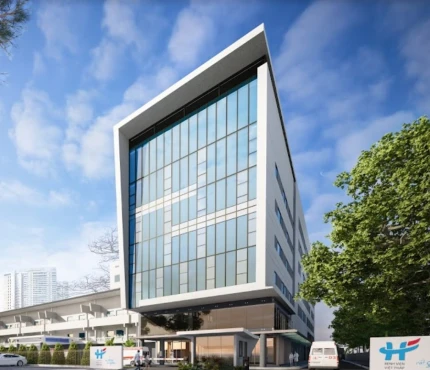
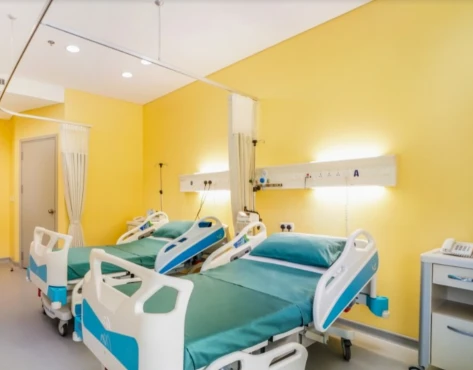
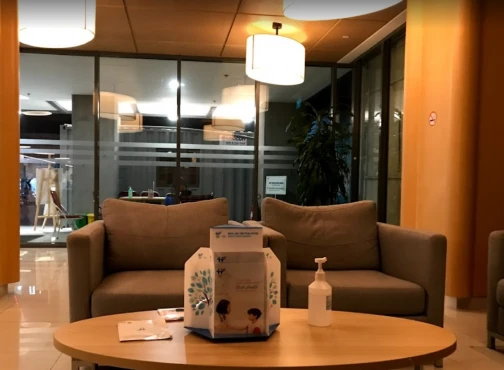
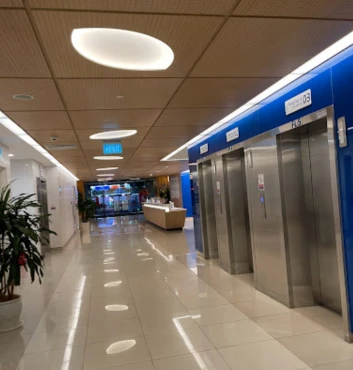
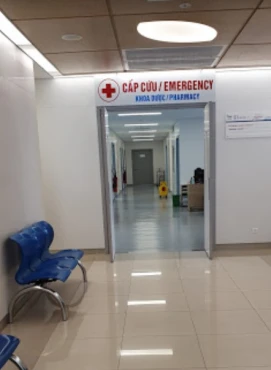
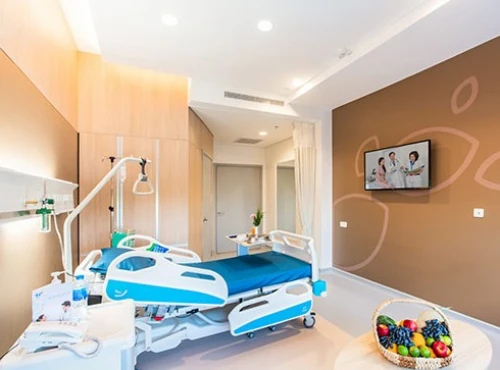
-medium.webp)
-medium.webp)
-medium.webp)
